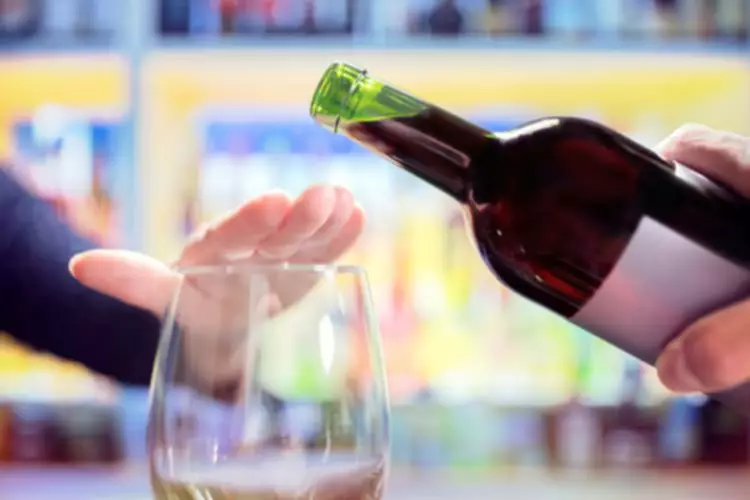This includes times when many people give up alcohol, such as “dry January” or the period of fasting and penitence in the Christian calendar leading up to Easter known as Lent. It may also cause an individual to refuse to travel to areas where alcohol access may be limited. But unfortunately, knowing if your food contains xylitol isn’t as easy as just reading the nutrition label. That’s because food manufacturers aren’t always required to list sugar alcohols on their packaging. So, they can lurk in the background without you even knowing it.

Duration of Alcohol Use Disorder
Depending on the recipe, a mixed drink may contain one, two, or more standard drinks, as shown in a cocktail content calculator from the National Institutes of Health (see /cocktail). Using alcohol to cope with negative emotions could indicate a drinking problem, especially among women. Psilocybin (aka ‘magic Do Alcoholics Drink Every Day mushrooms’) plus supportive therapy has shown promise in the past for treating other mental health conditions too, such as depression… Wernicke-Korsakoff syndrome is a degenerative brain disorder that causes mental confusion, vision problems, lack of coordination, and memory problems, among other symptoms.

How can heavy drinking affect your health?
If you may have one or more risk factors for alcohol use disorder, you can take active steps to ensure you don’t develop the disease. For example, women who want to prevent alcohol use disorder should not drink over four drinks a day or eight drinks a week. Meanwhile, men should not drink over five drinks a day or 15 drinks a week.
Patterns of Drinking Associated with Alcohol Use Disorder:
“So the actual cause (of any health benefit) probably wasn’t the alcohol at all,” Dr. Oesterle says. Log in or create an account for a personalized experience based on your selected interests. As an in-network facility, we are able and committed to helping you find the life you deserve.
- Naltrexone taken as-needed, rather than daily, can help reduce binge drinking for people with alcohol use disorder, according to new research.
- The last stage is cirrhosis, which is irreversible liver damage.
- Many of this type also have other substance addictions, anxiety problems, bipolar disorder and major depression.
- According to the CDC, women should avoid nursing for 2 to 3 hours for each drink they’ve had.
- Your brain becomes accustomed to using alcohol to boost dopamine and deal with stress, boredom, and other unpleasant feelings.
At a BAC of .08 grams of alcohol per deciliter (g/dL) of blood, crash risk increases exponentially. Because of this risk, it’s illegal in all 50 states, the District of Columbia and Puerto Rico to drive with a BAC of .08 or higher, except in Utah where the BAC limit is .05. As the doctor has laid out, neither binge drinking when you’re out nor sustained consumption of smaller quantities of alcohol at home are recommended, because both provide challenges to the body. “Whether you drink alcohol at home or in the pub, it gets broken down in the liver and can damage the liver in the same way,” points out the doctor.
End-Stage Alcoholism
If you answered “yes” to four to seven questions, you exemplify traits of an alcoholic; you have entered into the danger zone and should seek help for alcohol dependence. If you answered “yes” to eight to 12 questions, you exemplify traits of a severe alcoholic and should seek treatment for alcoholism. To understand how much alcohol is too much, it may be helpful to know the definitions of excessive drinking. It’s around this time that a lot of people start asking serious questions about their drinking. At this point, you may notice that alcohol changes your personality and ability to experience joy outside of drinking. You’ll start experiencing alcohol-induced mood swings and may even become aggressive while drinking.

Recovery Is Possible
The findings are similar to what Dr. Hazen and his team found in studies of erythritol, another common sugar alcohol. Taken together, the studies are causing some medical professionals to rethink the safety of all sugar alcohols. Individuals in the young adult subtype make up 31% of people addicted to alcohol in the U.S. They drink less frequently than the other subtypes, but when they do drink, they’re likely to overdo it and binge. Unless you have religious or personal restrictions, a few drinks with friends or a glass of wine with dinner is usually not an issue.
